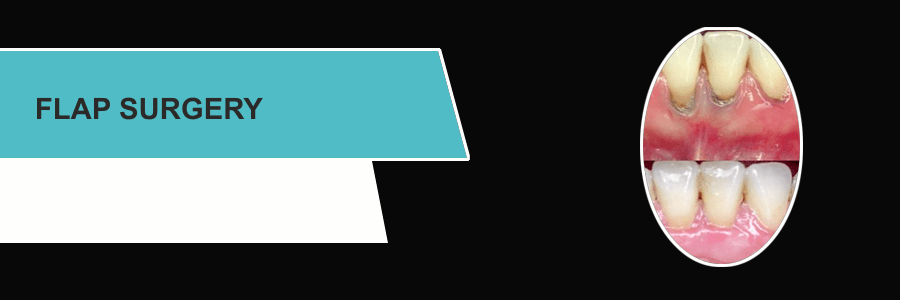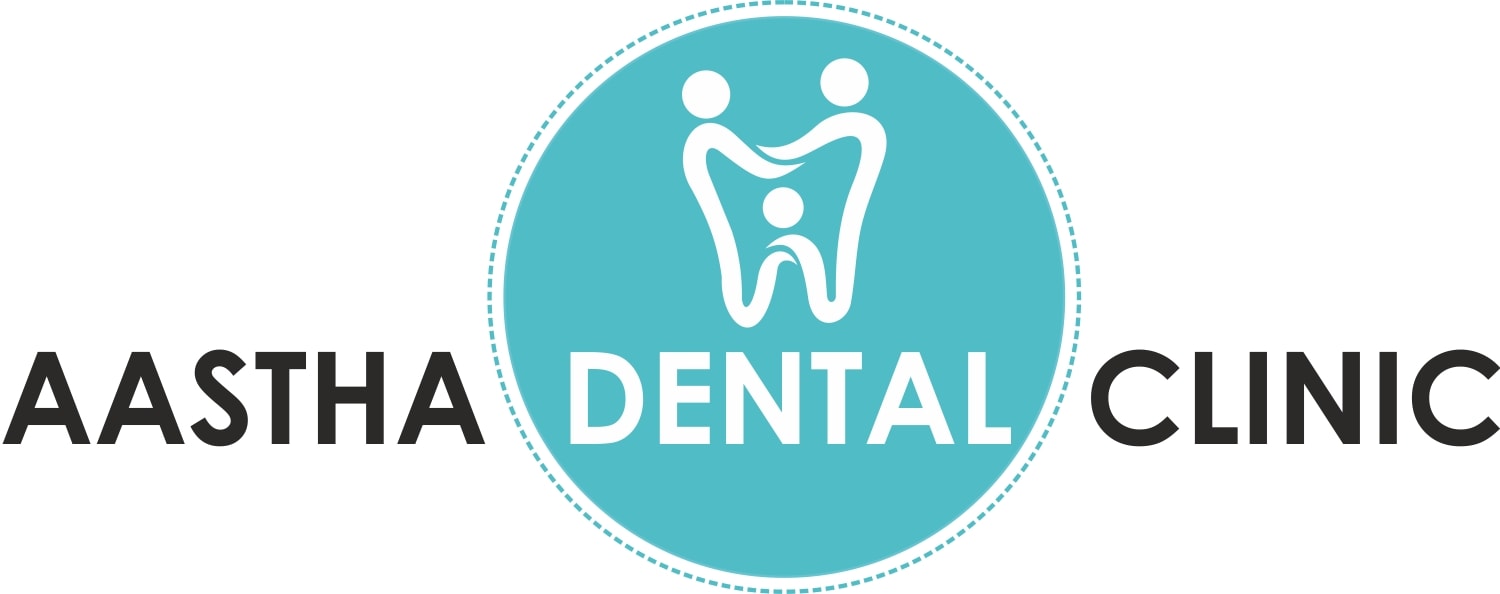
Why is gums surgery required?
You may need surgery for severe gum disease (periodontitis) if it cannot be cured with antibiotics or root planing and scaling. A flap procedure cleans the roots of a tooth and repairs bone damage caused by gum disease. A gums specialist (periodontist) or an oral surgeon often performs the procedure.
Before the procedure, you will be given a local anesthetic to numb the area where the doctor will work on your gums.
The doctor will pull back a section of your gums to clean the roots of your teeth and repair damaged bone if needed. The gum flap will be sewn back into place and covered with gauze to stop the bleeding.
The bone may be:
- Smoothed and reshaped so that plaque has fewer places to grow.
- Repaired (grafted) with bone from another part of the body or with man-made materials. The doctor may place a lining on the bone graft to help the bone grow back. The lining may need to be removed later.
The gums surgery procedure
Gums surgery is typically done under local anesthesia, sometimes accompanied by oral anti-anxiety medications; alternatively, it may be performed under intravenous conscious sedation. After anesthesia has taken effect, a small incision is made to separate the gums from the teeth. The outer gum tissue is gently folded back to give access to the roots and the supporting ligament and bone tissue.
Next, the inflamed gum tissue can be removed, and the tooth roots can be cleaned; if needed, the area may also be treated with antibiotics or other medications. Bone defects can be repaired with grafting material, and proper regeneration of the periodontal ligament can be encouraged by physical (barrier membranes) and chemical (growth factors) methods. Finally, the incision is closed and the procedure is completed.
What To Expect After Surgery
Typically it takes only a few days to recover from a flap procedure. Be sure to follow the home care instructions that your dentist or oral surgeon gives you. If you have questions about your instructions, call the dentist or surgeon. The following are general suggestions to help speed recovery:
- Take painkillers as prescribed.
- After 24 hours, you can rinse your mouth gently with warm salt water several times a day to reduce swelling and relieve pain.
- Change gauze pads before they become soaked with blood.
- Relax after surgery. Strenuous physical activity may increase bleeding.
- Eat soft foods such as gelatin, pudding, or light soup. Gradually add solid foods to your diet as the area heals.
- Do not lie flat. This may prolong bleeding. Prop up your head with pillows.
- Continue to carefully brush your teeth and tongue.
- Apply an ice or cold pack to the outside of your mouth to help relieve pain and swelling.
- Do not use sucking motions, such as when using a straw to drink.
- Do not smoke.
Risks
The roots of your teeth may become more sensitive.
The contour or shape of your gums may change.
Gum surgery can introduce harmful bacteria into the bloodstream. Gum tissue is also at risk of infection. You may need to take antibiotics before and after surgery if you have a condition that puts you at high risk for a severe infection or if infections are particularly dangerous for you. You may need to take antibiotics if you:
- Have certain heart problems that make it dangerous for you to get a heart infection called endocarditis.
- Have an impaired immune system.
- Had recent major surgeries or have man-made body parts, such as an artificial hip or heart valve.
